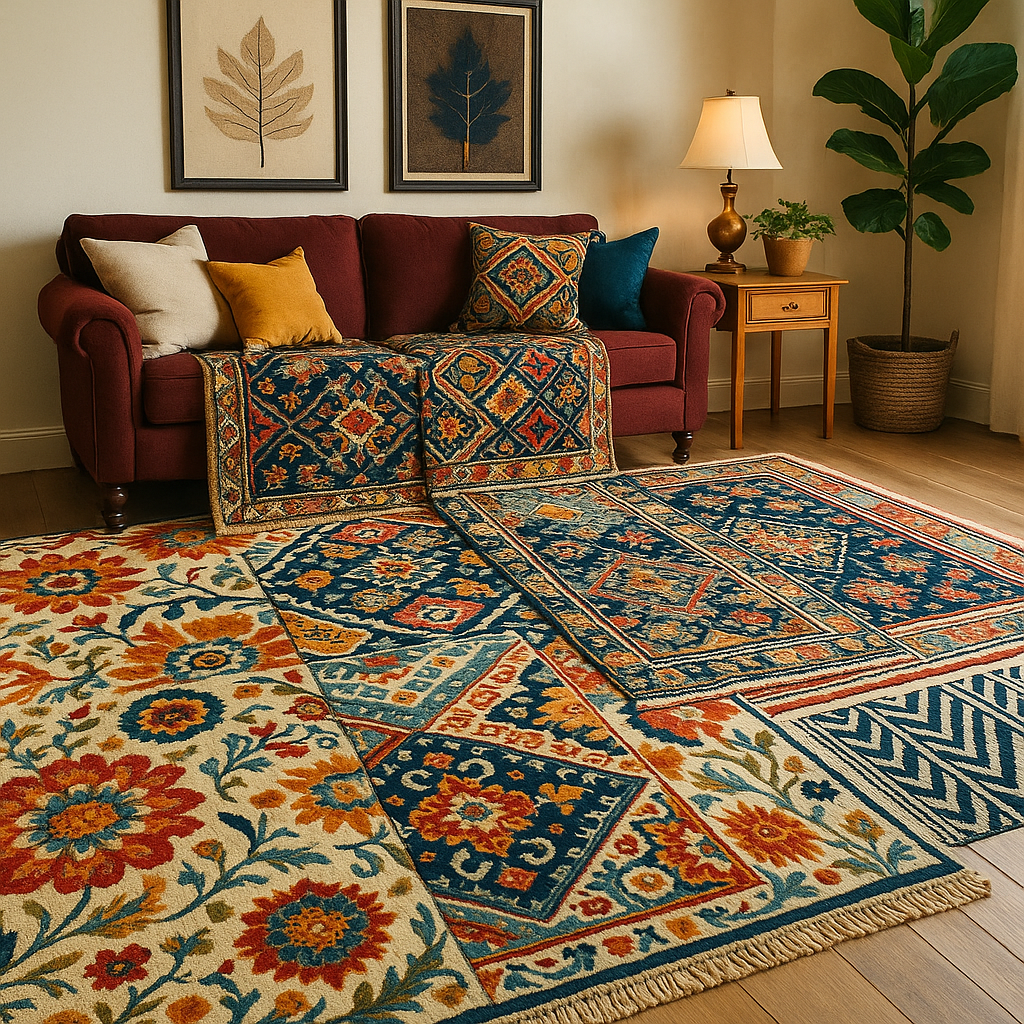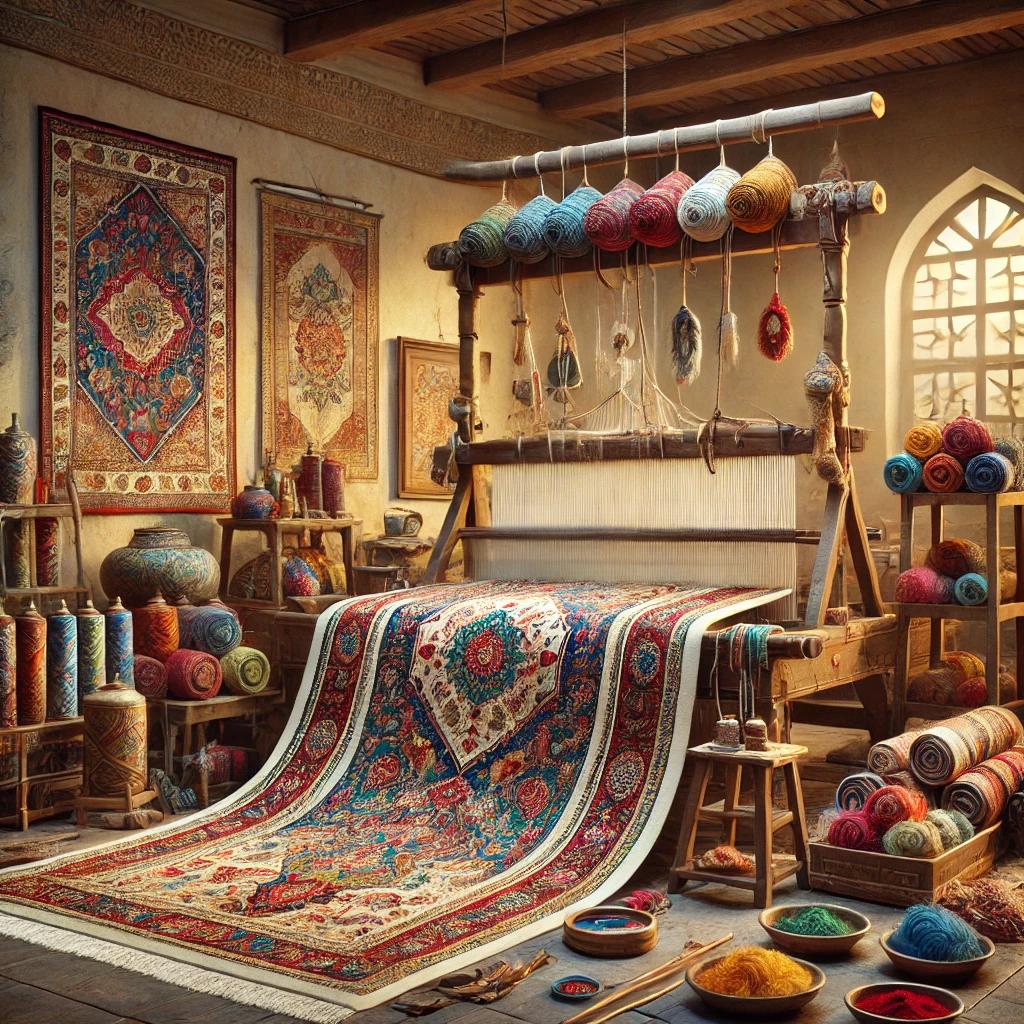Layering and mixing rug patterns can elevate any room from ordinary to unforgettable. While the process may seem risky at first, interior designers rely on a few trusted techniques to create beautiful and cohesive results. When done right, combining rug patterns adds depth, character, and a curated feel to any space.
In this guide, you’ll learn how to mix rug patterns like a designer—effortlessly and stylishly.
🎨 Choose a Unifying Color Palette
Even if your rugs differ in style or origin, a consistent color scheme can tie them together. Select two or three key colors—like earthy reds, navy blues, or warm neutrals—and make sure each rug features at least one of them. This helps the space feel connected rather than chaotic.
🔍 Balance Pattern Scale
Pair large-scale motifs with smaller ones to create contrast and harmony. For example, you can layer a tribal rug with bold geometric shapes over a subtly striped base. Avoid layering rugs with patterns that are too similar in scale—they may compete rather than complement each other.
🧵 Play with Texture
Texture is often overlooked but plays a crucial role in making layers feel intentional. Flatweave rugs pair well with shaggy or tufted designs. Using a mix of textures gives your room a tactile richness and prevents your patterned rugs from blending into one another visually.
🖼️ Use a Neutral Base
When in doubt, start with a neutral foundation. A beige, gray, or ivory rug with minimal patterning can anchor the space and let your bolder rug shine. This approach gives your design flexibility, allowing you to change the top layer seasonally or as trends evolve.
🧭 Stick to a Style Family
While eclectic interiors are on trend, it’s still important to have some stylistic cohesion. Mixing vintage Persian rugs with Scandinavian geometrics might work if the color palette and tone align, but combining ultra-modern prints with traditional florals can feel disjointed. Try to stay within the same design language—bohemian, contemporary, or traditional.
🧺 Mind Your Room’s Function
High-traffic areas like hallways or living rooms benefit from low-pile or flatweave rugs layered for style and durability. In cozy bedrooms or lounges, you can opt for plush textures and heavier layers that add warmth and softness underfoot.
🧪 Experiment with Overlapping
Designers love layering rugs at different angles. Place a smaller patterned rug diagonally over a larger base rug to draw the eye and break symmetry. It’s a low-risk way to experiment with design and gives your room a more casual, lived-in vibe.
✅ Tips to Remember
- Don’t match everything—aim for coordination, not uniformity.
- Keep the room’s focal point in mind and don’t overwhelm it with too many competing patterns.
- If you’re new to mixing rugs, try layering in small spaces like reading nooks or under coffee tables first.
Mixing rug patterns doesn’t require a professional degree—just some confidence, a good eye, and a willingness to experiment. Whether you’re layering vintage pieces or combining new finds, the right mix can give your room warmth, style, and personal charm.
📍 Persian Rug Gallery
51 Springoro Pike, Miamisburg, OH 45342
📧 buyprg@yahoo.com
📞 (937) 436-3655
🌐 Visit Our Website
Meta Description: Learn how to mix rug patterns like a designer. Use scale, contrast, and balance to layer rugs like a pro without visual clutter.
🔗 Further Reading: Expert Rug Layering Tips (House Beautiful)



